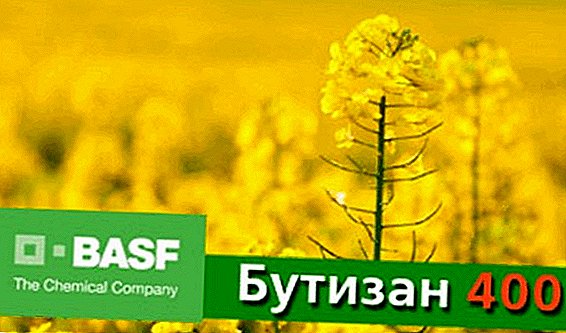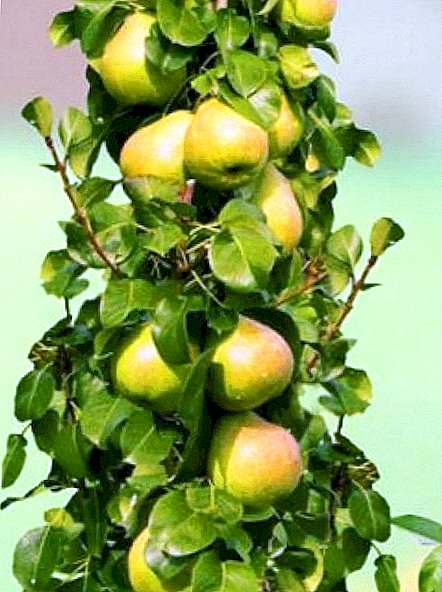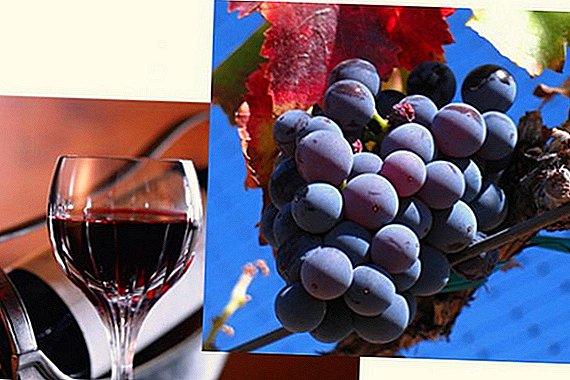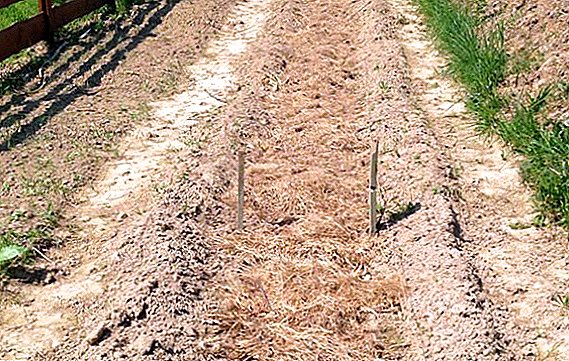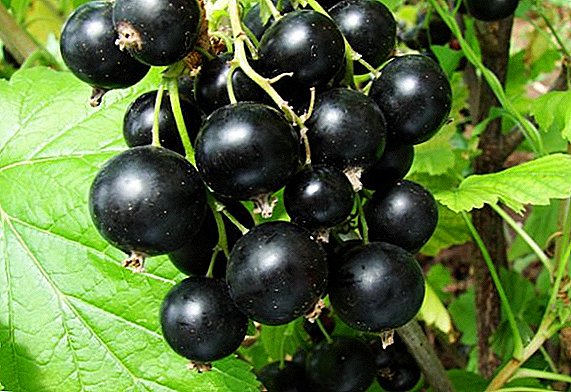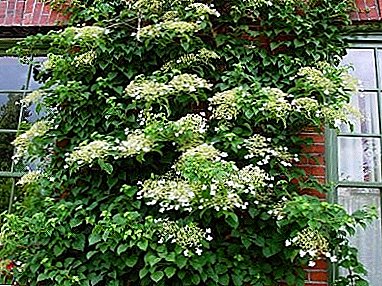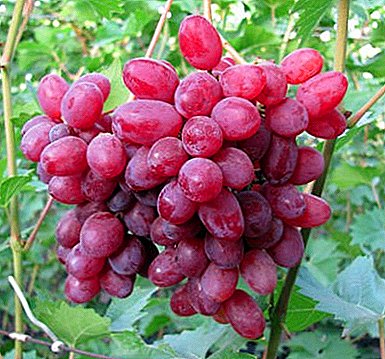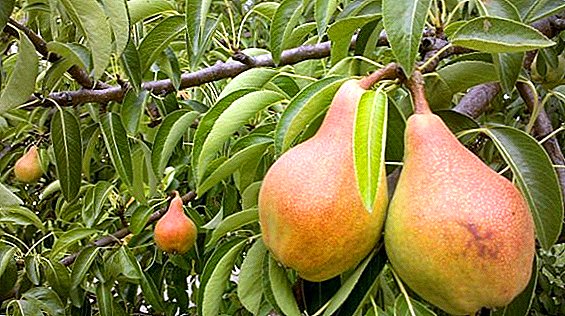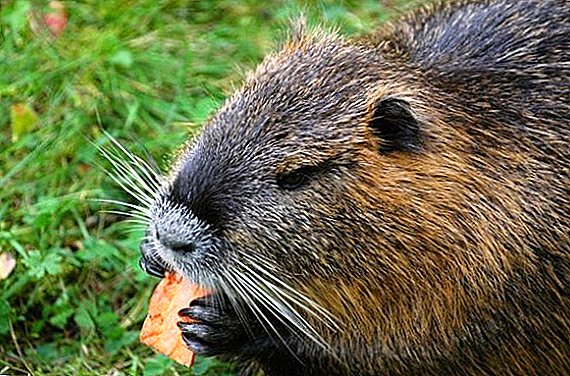 If you decide to start breeding nutria, one of the main questions that will arise before you will be the composition of the diet. In nature, they take care of their health on their own, and in captivity, this will have to be done by the owner. Everyone knows that animal health and beauty of fur depend on proper nutrition. How to feed nutria to provide all the necessary nutrients, will be discussed today.
If you decide to start breeding nutria, one of the main questions that will arise before you will be the composition of the diet. In nature, they take care of their health on their own, and in captivity, this will have to be done by the owner. Everyone knows that animal health and beauty of fur depend on proper nutrition. How to feed nutria to provide all the necessary nutrients, will be discussed today.
What does nutria eat in nature?
The basis of nutria nutrition in natural habitat is plant food, which they find next to their habitats (reservoirs).
These are the branches, stems, roots and leaves of such plants:
- reed;
- cane;
- water lily;
- cattail;
- rdest;
- water chestnut.
As they grow near water, they are characterized by high humidity.
Did you know? Nutria can be eaten under water, being in this position for up to 10 minutes.
Sometimes leeches, larvae or small clams can also serve as food for nutria. 
What can be fed at home
With the usual home content nutrition nutria is not problematic, as they are not picky. However, when breeding large livestock for meat and fur, not only a healthy appearance and weight gain, but also the price of feed, are of great importance.
There are 3 feeding options:
- Semi-moist - grain (or mixed fodder) + root crops and fruits + green (or dry coarse) feed.
- Dry - purchased purchased food in dried form + water.
- Mixed - in the first half of the day give dried food, in the second - vegetable.
Important! In the year 1 nutria eats about 200 kg of food.
In order for animals to be healthy, they must be observed when feeding. such rules:
- Carefully wash the feeders and drinkers, pour boiling water over it.
- For 1 feeding give a single portion of feed.
- Do not give prohibited foods.
- Monitor the absence of spoiled products.
- Heat food and water in winter.

Cereals
Nutria nutrition basis (about 3/4) should be cereals:
- oats;
- corn;
- barley;
- wheat and wheat bran;
- millet;
- rye.
To make it easier for animals to eat, the grain is crushed and soaked for several hours. It is also recommended to feed with germinated grain, which is soaked for 2 days.
Read also about growing oats, spring and winter barley, millet, rye.
In a day nutria should eat around 200 grams of cereal. 
Green feed
It is best to mow the grass intended for nutria feed before it has bloomed and stabbed. Such food will provide animals with vitamins A, B, C, D, E, phosphorus, calcium, carbohydrates, protein.
You can give:
- green parts of cereals and legumes;
- cattail;
- quinoa;
- tributary;
- water rice;
- cane;
- coltsfoot;
- plantain;
- pemphigus;
- chaff;
- blooming Sally;
- sedge;
- dandelion;
- clover;
- sabelnik;
- buckwheat;
- young shoots of oak, grape, spruce, birch, willow;
- seaweed;
- sorrel;
- salad.
A useful type of food is also a small amount of crushed acorns. Also soaked or boiled beans, soybeans, lentils, beans, peas are recommended.  On the day, animals are given about 450 g of green food, taking into account that some of it will be inundated and become bedding. Some recommend flushing greens to protect against bloating.
On the day, animals are given about 450 g of green food, taking into account that some of it will be inundated and become bedding. Some recommend flushing greens to protect against bloating.
Learn more about breeding nutria: a list of colored breeds, productive breeding schemes, common diseases.
Dry coarse feed
Dry rough foods are rich in fiber, so they are given at the rate of no more than 50 g per individual. This type of feed includes:
- bark;
- tree branches;
- hay;
- needles;
- straw;
- dried cake and pulp from the production of wine or sugar;
- soy, hemp, sunflower, flax meal in a crushed form.
Read also about the properties and application of soybean meal and sunflower meal, as well as the differences of sunflower cake and meal.
These nutria feeds are fed mainly in winter, having prepared everything at the end of spring - early summer, when the plants bloom and contain the greatest amount of useful substances. Harvested fodder is dried in the sun.
It is very useful to add grass meal to other types of feed.
Vegetables and fruits
Nutrias can be given as feed:
- boiled potatoes;
- raw beets and carrots;
- cucumbers;
- tomatoes;
- boiled pumpkin;
- Jerusalem artichoke;
- cabbage;
- zucchini;
- watermelons;
- turnip;
- melon;
- apples
Learn the benefits of potatoes, beets, carrots, cucumbers, tomatoes, pumpkin, Jerusalem artichoke, cabbage, zucchini, watermelon, turnip, cantaloupe, apples.
A day is recommended to give about 200 grams of root crops and fruits. 
Feed
Nutria instead of cereal can be fed with specialized feed for nutria or feed for pigs, rabbits and calves, and you can prepare it yourself:
- Mix in equal proportions barley (or wheat) and oats (or corn).
- Add meal (tenth of the resulting mixture).
- Add fish, meat, bone meal or fodder yeast (one fifth of the resulting mixture).
- Add a little chalk and salt.
Feed feed is given to animals only when soaked.
Compound feed industrial production economical, can be stored longer and contain a balanced amount of vitamins and nutrients.
Compound feed is a mixture of various means suitable for feeding animals. They are thoroughly cleaned, crushed and selected according to certain recipes. Use such mixtures as additional nutrients for animals.
Additional feed
For normal development of nutria, these vitamins should be obtained with food: A, B, D, E, folic and nicotinic acids, as well as micro- and macroelements (calcium, sodium, iron, phosphorus, chlorine, copper).
To this end, the menu further includes:
- cottage cheese;
- milk;
- boiled eggs;
- liver, heart, lungs and kidneys in boiled form;
- bone, blood or bone and bone meal;
- boiled fish;
- fish meal;
- fodder yeast;
- sprouted grain;
- bran;
- grass meal;
- a piece of chalk;
- salt.
 Vitamin C synthesizes the body of these animals independently.
Vitamin C synthesizes the body of these animals independently.
In winter and early spring, supplements are supplemented with vitamin and mineral supplements: pushnovit, polfamix, premix, fish oil. Such preparations are diluted with milk or fat, added to food, mixing well, so that they are distributed evenly.
Water
In the cells of nutria must necessarily be clean water troughs, especially when they eat dry food or feed. Some breeders equip swimming pools for animals.
What can not feed
Nutrias can get poisoned and die from such food:
- sprouted and green potatoes;
- green tops of potatoes and carrots;
- rotted, fermented, moldy food;
- compound feed for birds;
- feed for cattle;
- sticky porridge;
- raw fish and meat;
- celandine;
- venomous poisonous;
- digitalis;
- cicuta;
- dope
- fighter;
- aconite;
- backache (sleep-grass);
- hellebore;
- spurge;
- black root;
- hemlock;
- buttercup;
- cotton cake;
- oats - until 4 months of age;
- hot water;
- green fodder treated with chemicals.
Herbs that are on the list of prohibited feeds can be given dried.
Do not overfeed pregnant females and females, which are prepared for mating, corn - from this they get fat, you may have problems with conception, and the babies are born dead.  No need to feed animals with a large number of acorns - this can cause constipation. Problems arise with eating more than 25 grams of beans a day.
No need to feed animals with a large number of acorns - this can cause constipation. Problems arise with eating more than 25 grams of beans a day.
Lactating females may have problems with lactation, if they are given sugar beets.
From rutabagas, animal performance deteriorates, and beet tops and cabbage cause problems in the digestive system.
Important! Nutria do not want to eat branches of ash, linden, bird cherries, hornbeam.
Features of feeding, depending on the season
Since in winter not all types of feed are available, and in the summer there is an opportunity to reduce costs due to green feed, depending on the time of year, the feed circuit needs to be adjusted.
Spring Summer
In the warm season, the diet includes green food and fresh vegetables and fruits:
- beet regular, fodder and sugar;
- carrot;
- cabbage;
- swede;
- apples;
- garden weeds;
- meadow grass;
- green shoots, leaves;
- cattail rhizomes, etc.

Autumn winter
For feeding in the cold season in the summer harvested hay, vegetables, grain. You can give uncorrupted remnants of food from the table, feed, cook thick porridge (which can be molded into a lump), germinate grain. It is recommended to add vitamin complexes.
To check the quality of the feed, several animals are deposited separately and fed 2 weeks. In the absence of health problems in the deposited, you can feed all the animals.
Important! Food and water in the cold must give warm.
Video: feeding nutria in winter
Feeding differences
By nature, nutria are very active, a lot of energy is spent on ensuring this activity. In this sense, the lifestyle of males and females is not different, but males are more impressive in size, so they eat a little more. However, females need special nutrition during pregnancy or feeding their offspring in order for it to grow healthy.
Pregnant nutria
During pregnancy, the energy consumption of the body of females increases, since the development of embryos requires more energy. Therefore, the menu of pregnant females needs to be revised, but in the second half of pregnancy, since in the first month, with the right diet, no gain will be required.
At the end of the first month, females are deposited in smaller cells so that they move less and do not lose energy. At the same time, the amount of food is increased by 10% and then gradually increased to 35% of the initial quantity.
In this period the female should receive up to 330 g of root crops, up to 250 g of compound feed or grain, up to 45 g of grass meal or hay, protein products, vitamin complexes.
At the same time, keep in mind that in females the ability to continue the race is restored after giving birth quickly, it may turn out that she is pregnant, although she still feeds the previous offspring.
Important! Animals must always be "in the body", but not swollen fat - from this, males and females reduce sexual activity, babies are born large, their number decreases, labor is difficult, and the female can gnaw through them.
Normally, the weight of the female should increase by no more than 3 kg. There should be no fat deposits on the belly, chest and groin. If not, reduce the amount of food by 1/3.
A few days before giving birth, the female refuses to eat.
Video: feeding pregnant nutria
Nursing females
The first few days after whelping, the females do not eat anything, then their appetite returns. In order for the milk to be of normal fat, contain enough nutrients, and the puppies do not die from its deterioration, the amount of feed is increased by half, and the menu includes:
- roots;
- grain or feed;
- hay, grass meal or fresh grass;
- legumes;
- fish meal;
- salt.
Root crops with grain should form the basis of the diet, fresh grass - about 1/5 of its part.
Normally, the female during feeding should not lose more than 10% of her weight.
Did you know? In order for the female to be able to feed her young without getting out of the water, her nipples are on the sides and not on the belly.
Young
Immediately after birth, babies drink only milk, during this period (on day 2 of age), you can mix the roots with feed and give them.  After 2 weeks, they begin to eat the same food as the female, but in smaller quantities. After 6-7 weeks, feed is given at the rate of their quantity: there should be as much for 6 calves as for 1 female. In the diet must be root vegetables, soaked grains, fresh grass or hay, plenty of water.
After 2 weeks, they begin to eat the same food as the female, but in smaller quantities. After 6-7 weeks, feed is given at the rate of their quantity: there should be as much for 6 calves as for 1 female. In the diet must be root vegetables, soaked grains, fresh grass or hay, plenty of water.
Sometimes the female refuses to feed the babies or dies; then they are fed with warm non-boiled cow's milk with glucose added through a pipette with an interval of 3 hours, starting at 6.00 and ending at 21.00. A week later, semolina, carrots and apples, grated on a small grater, bread crumbs are added to milk. After 2 weeks you can give porridge and soaked feed.
Amount of food depending on puppy age:
- The first week - 1 g of milk for 1 time.
- The second week - 5 g for 1 time with 6 meals a day.
Some puppies are born weaker, such need to be fed additionally.
At the age of 45 days, the young are removed from the female. At first they are given the same food as before, gradually transferring to the menu for adults. The amount of feed gradually becomes large, and in 4 months puppies eat as much feed as adult nutria.  In order for the young growth to grow well, the feed must be rich in proteins, therefore dairy products, fish, meat and bone meal must be added to the food, many are fed with concentrated foods with high protein content. Dry coarse feed should not be more than 10% in the menu, so that animals grow, not get fat.
In order for the young growth to grow well, the feed must be rich in proteins, therefore dairy products, fish, meat and bone meal must be added to the food, many are fed with concentrated foods with high protein content. Dry coarse feed should not be more than 10% in the menu, so that animals grow, not get fat.
Nutria grow up to 6 months, then start to gain fat.
Video: nutria diet
Nutria feeding: cattle breeders reviews
I found in our region where reeds grow, narwhal with roots, young people indulge and quit, adults followed their example. It is not clear how these types of plants, according to the literature, are their delicacy.


Thus, the correct and balanced nutrition of nutria will provide a good gain of meat and quality of fur. In order to reduce the cost of food, in the summer you can harvest various types of feed for the winter. A special diet is required for pregnant, lactating females and young animals. At the same time carefully check the quality and composition of the food you give to animals, and then get a healthy livestock.


